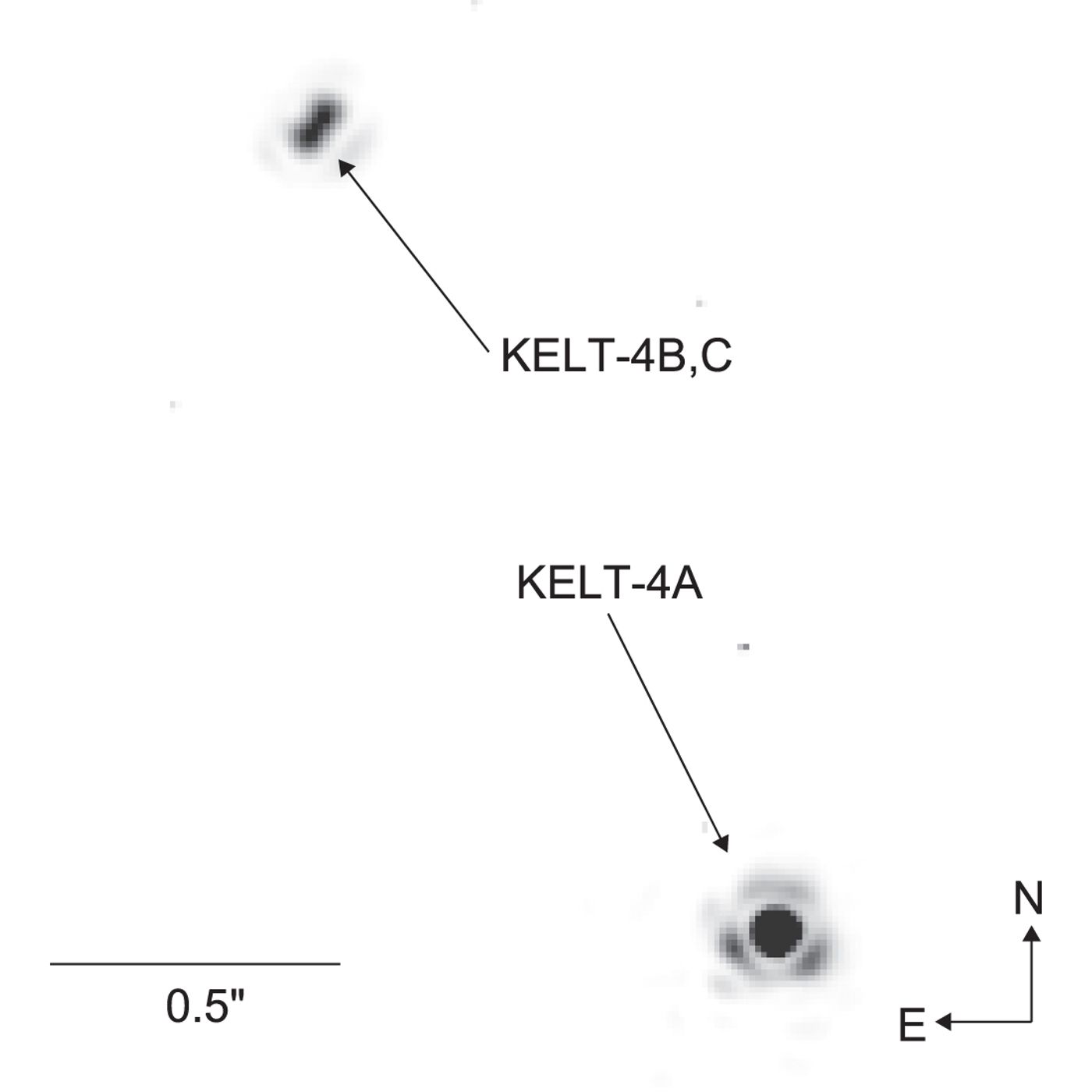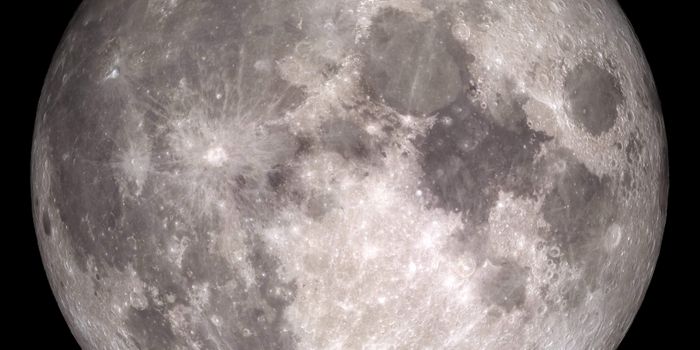Researchers Find Hot Jupiter-Like Exoplanet in Triple Star System
Astrophysicists from the University of Notre Dame have been peering down the viewfinder of Kilodegree Extremely Little Telescope (KELT) to spy on something that doesn’t seem to occur very often in the universe – a triple star system.

The findings from the alien triple star system are published in The Astronomical Journal.
Among the three stars in the system is a very hot Jupiter-like gaseous exoplanet called KELT-4Ab, which researchers estimate is around 685 light years away from our little blue and green planet right here in the Solar System.
While observing the system, the researchers paid careful attention to the flickering of the stars, which suggested that there was some kind of planet or object that must have been getting in between the star and the telescope. Suspicions would soon be confirmed.
“I found that there was a dot nearby, which we believed to be a star, making this a binary system,” Professor Justin R. Crepp said. “And then upon further review, I found that it was two dots. We wouldn’t have realized that without these photos.”

KELT-4Ab, the exoplanet, is about one and a half times larger than our Solar System’s very own Jupiter. It orbits its host star fully once every three days, and then the other two stars in the system orbit each other fully every 30 years, and then as a group, orbit the host star and its Jupiter-like planet fully once every 4,000 years.
The interesting part about KELT-4Ab is how close it is to its host star. Planets like Jupiter were once thought to form further away from stars, but we’re learning more and more every day that these kinds of planets are easily found closer to stars.
The reality of things is that these gaseous planets probably form further away from stars and slowly move closer as nearby gravitational fields affect their natural trajectory.
Source: Univerity of Notre Dame








